2007
Estimated spending for NASA and U.S. defense, 2005-2025
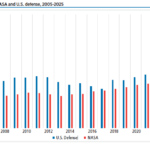
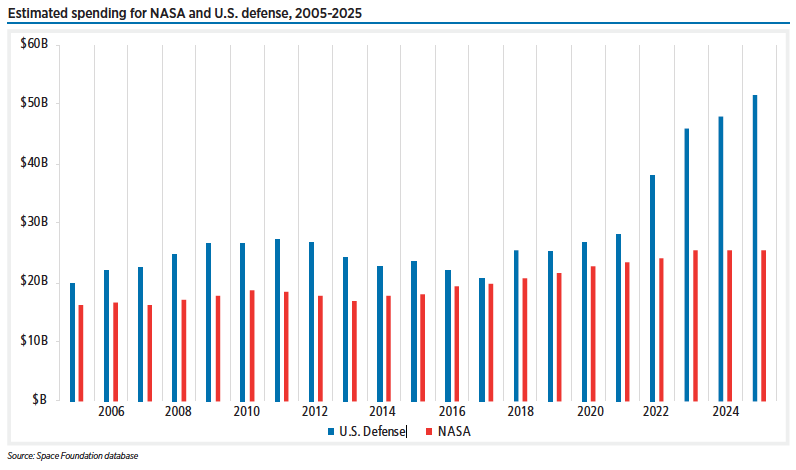
The Pentagon made up more than a third of global defense spending, with $851 billion in 2024, including a record $30 billion for the Space Force.
Global space activity by category, 2005-2023
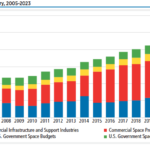
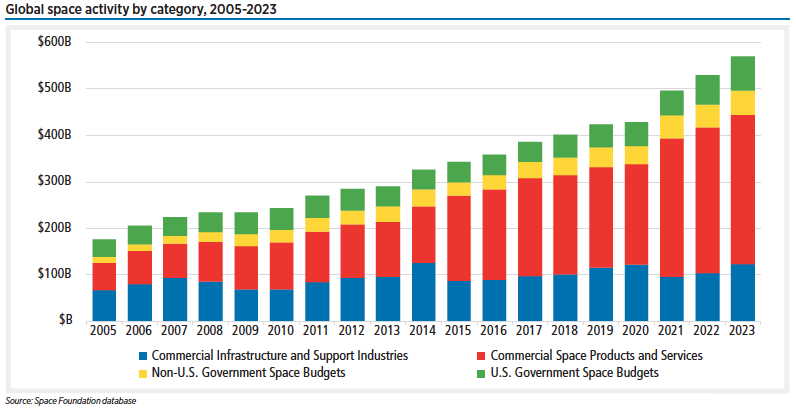
Commercial space revenues, which make up the majority of the space economy, grew 6.5% in 2023 to reach $445 billion. Government space spending increased by double digits for the third year in a row and reached a peak in the proportion of nations increasing their space budgets.
Global space economy steadily grows to $570 billion
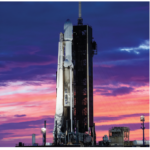
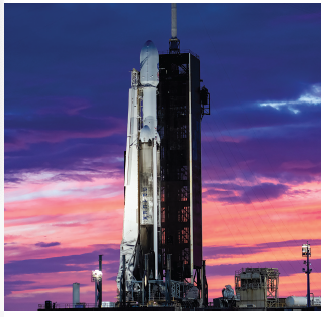
The global space economy grew 7.4% to $570 billion in 2023, the second year of consistent growth based on revised 2021 and 2022 totals.
Satellites central to 2023’s record defense spending
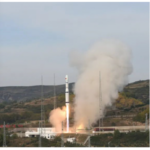
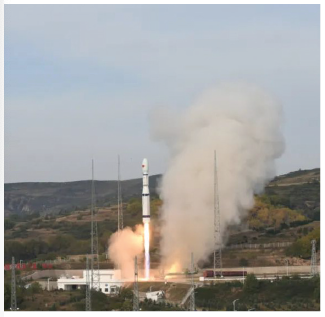
Led by the United States with $835 billion in total defense spending, military budgets around the world grew to record levels in 2023 and appear on track for another record year in 2024, driven by increased tensions in Asia, the outbreak of war between Israel and militant groups, and the grinding conflict in Ukraine.
Global space activity by category, 2007-2027
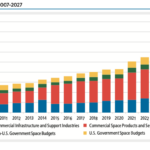
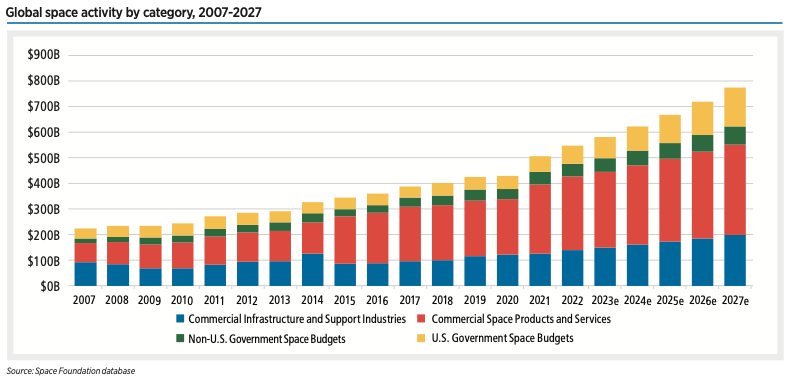
The global space economy totaled $546 billion in 2022, 8% higher than 2021 — and it could reach $772 billion by 2027, according to Space Foundation analysis. Commercial space continues to make up the majority (78%) of this total, but preliminary data shows that 81% of governments with space programs increased spending in 2023.
Launch failures by number of satellites lost, 2003-2023
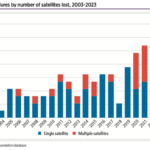
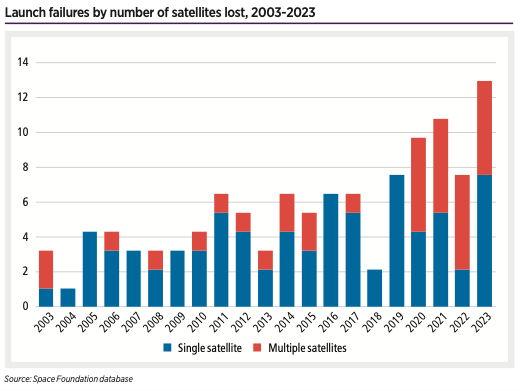
In 2023, launch failures resulted in the loss of 31 satellites, an increase of 48% from 2022.
Cumulative spacecraft on orbit, 1957-2023
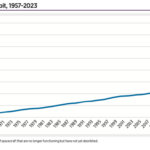
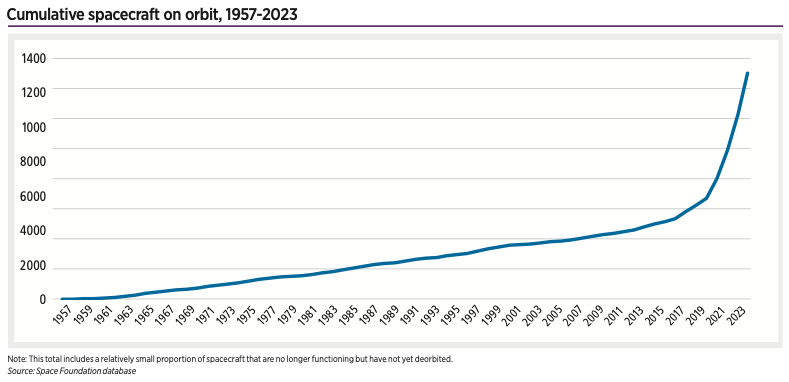
Federal agencies in 2014 estimated by 2022 as many as 43 commercial satellites a year would head to orbit. Instead, more than 50 times . . .
Space insurance industry estimates, 2003-2022
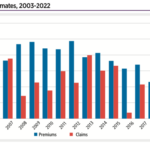
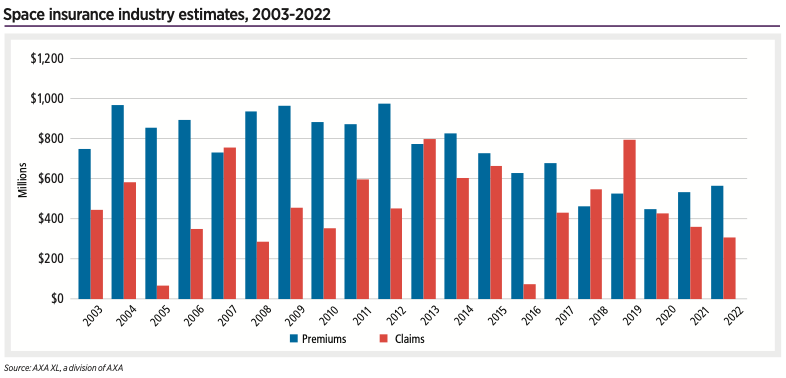
As satellites get smaller and cheaper and companies pivot to building LEO constellations rather than purchasing single large satellites for GEO orbit, many operators are foregoing insurance after launch altogether.
NASA share of U.S. federal budget, 1959-2025
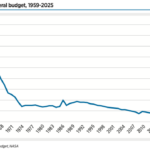
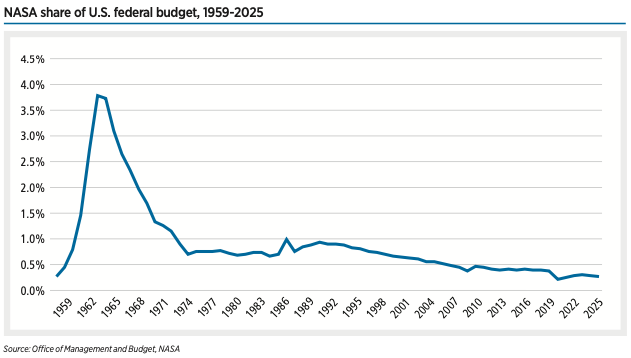
The overall Pentagon budget proposal for 2025 is $850 billion, $8 billion more than its 2024 request.
Cumulative human spaceflight, 1961–March 18, 2024
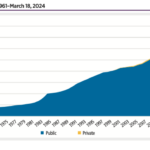
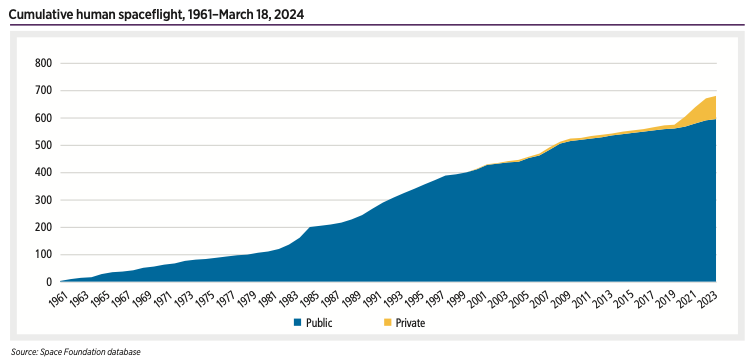
Human spaceflight activity is off to a rapid pace in 2024 with a private Axiom mission, a public ISS mission, and a private Virgin Galactic mission taking flight in the first nine weeks of the year.